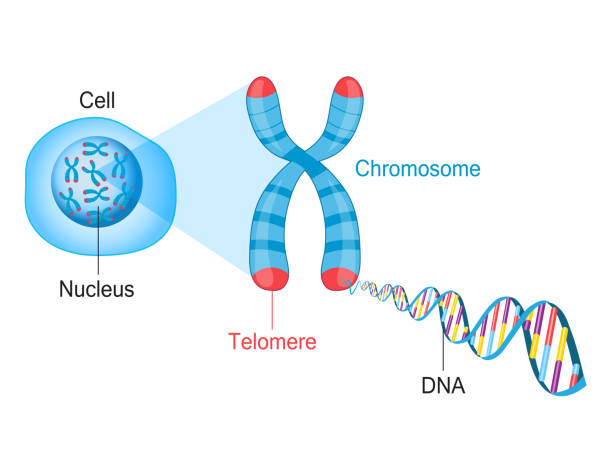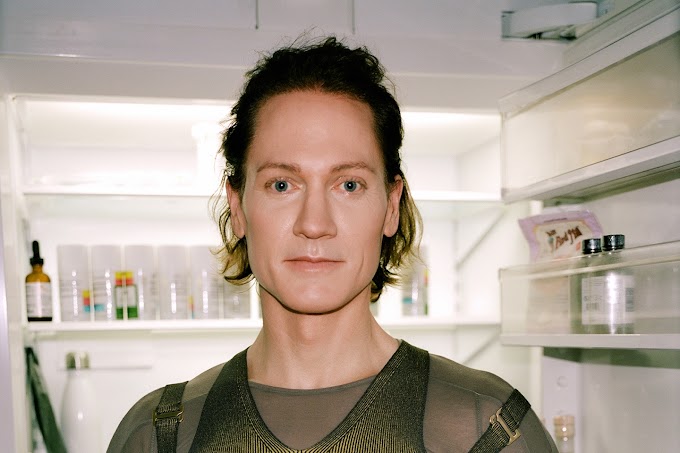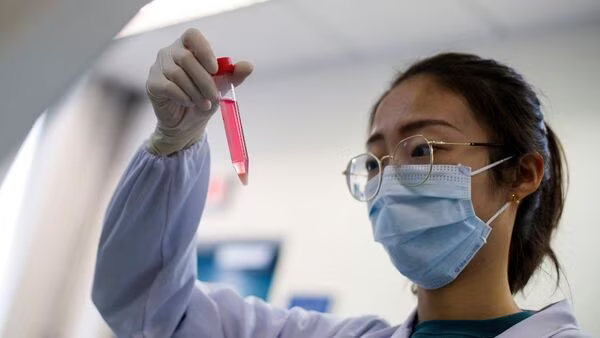Reverse ageing, also known as rejuvenation, is the process of reversing the ageing process in order to achieve a youthful appearance and improved health. While the idea of reversing ageing may seem like science fiction, recent advancements in biotechnology have made it a reality.
One of the most promising areas of research in reverse ageing is the field of senescence. Senescence is the process by which cells stop dividing and enter a state of permanent growth arrest. This process is associated with ageing and age-related diseases, such as cancer. Scientists have discovered that by removing senescent cells from the body, it is possible to delay or reverse the effects of ageing. This is known as senolysis.
Another area of research in reverse ageing is the manipulation of telomeres. Telomeres are the protective caps on the end of chromosomes that shorten as cells divide. Shortened telomeres are associated with ageing and age-related diseases. Scientists have discovered that by lengthening telomeres, it is possible to delay or reverse the effects of ageing. This is known as telomerase therapy.
Stem cell therapy is another promising area of research in reverse ageing. Stem cells are undifferentiated cells that have the ability to differentiate into any type of cell in the body. As we age, the number of stem cells in our body decreases, which leads to decreased regenerative capacity. Stem cell therapy aims to replace lost stem cells in order to improve regenerative capacity and delay or reverse the effects of ageing.
In addition to the above mentioned approaches, Caloric restriction and genetic engineering are also being studied as potential methods of reverse ageing. Caloric restriction is the practice of reducing caloric intake in order to extend lifespan. Genetic engineering aims to manipulate the genetic code in order to extend lifespan.
While much progress has been made in the field of reverse ageing, there is still much to be learned. More research is needed to fully understand the mechanisms of ageing and to develop safe and effective treatments. However, the potential benefits of reverse ageing are enormous. If we can delay or reverse the effects of ageing, we could extend healthy lifespan and improve quality of life for millions of people.
It's important to note that the goal of reverse ageing is not to extend lifespan indefinitely, but to extend healthy lifespan. The key is to maintain a healthy body and mind for as long as possible, and to avoid age-related diseases.
In conclusion, reverse ageing is an exciting and rapidly advancing field of research. With the help of senolysis, telomerase therapy, stem cell therapy, caloric restriction, and genetic engineering, scientists are making progress in reversing the ageing process. While more research is needed to fully understand the mechanisms of ageing and to develop safe and effective treatments, the potential benefits of reverse ageing are enormous. The goal is to extend healthy lifespan and improve the quality of life for millions of people.










0 Comments